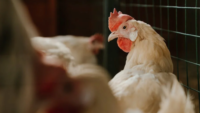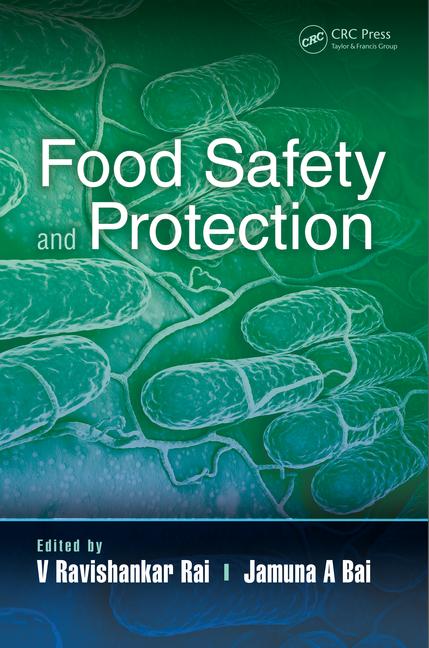Study Supports USDA’s Serotype-Specific Regulatory Framework for Salmonella in Poultry

Image credit: Hazim Abd Halim via Unsplash
A recent study has demonstrated that targeting high-virulence Salmonella serotypes in risk management strategies and food safety regulation for poultry products could improve public health outcomes. These findings support the U.S. Department of Agriculture’s (USDA’s) recently published regulatory framework for Salmonella in raw poultry, which, if adopted as-is, will set an enforceable final product standard for five Salmonella serotypes of public health significance (S. Enteritidis, S. Typhimurium, S. I 4,[5],12:i:-, S. Hadar, and S. Muenchen).
The study was conducted in response to the same trend to which the new USDA regulatory framework responds—the fact that, in the U.S., Salmonella prevalence has declined since adopting prevalence-based Salmonella performance standards, but human illnesses have not decreased proportionally.
Historically, outbreak data support that some serotypes are more commonly associated with human illnesses. According to U.S. Centers for Disease Control and Prevention (CDC) FoodNet surveillance data, the three most common serotypes linked to human illness are S. Enteritidis (16 percent of cases), S. Typhimurium (14 percent), and S. Newport (10 percent). Moreover, genomic analyses show some serotypes share common determinants of high virulence (S. Enteritidis, S. Infantis, and S. Typhimurium). On the other hand, some Salmonella serotypes—especially S. Kentucky ST152—are frequently recovered from poultry carcasses, but are less likely to cause human illness than other serotypes.
Scientific literature has also demonstrated that foodborne Salmonella outbreaks are often associated with higher doses of the pathogen, and that mitigating high levels of contamination on poultry products may substantially reduce public health risk.
To investigate the risk of foodborne illnesses resulting from Salmonella contamination of poultry parts with different levels of all serotypes, as well as specific high-virulence and low-virulence serotypes, the researchers employed Quantitative Microbial Risk Assessment (QMRA) and modeled two different datasets for comparison. The first data source is 2012 Baseline parts survey, and the second is 2023 Hazards Analysis and Critical Control Points (HACCP) verification data collected by USDA’s Food Safety and Inspection Service (FSIS).
The researchers defined high levels of Salmonella contamination as products containing more than 1 colony forming unit per gram (CFU/g)—the same threshold for which poultry products would be considered “adulterated” by certain Salmonella serotypes under the new USDA regulatory framework.
Overall, the study concluded that high levels of contamination by high-virulence serotypes is relatively rare in finished chicken parts. At the same time, the risk assessment showed that the majority of public health risk from chicken parts is concentrated in those rare products with high levels of high-virulence serotypes. The study also found that limited public health benefits would be gained from the control of low-virulence serotypes (i.e., S. Kentucky ST152).
The findings support USDA’s serotype-specific regulatory framework for Salmonella in raw poultry parts, in contrast to regulatory policies centered solely on Salmonella prevalence. Not only would the public health benefits be limited should regulatory policy focus on prevalence alone, but it could also have negative consequences, such as facilitating increased prevalence and emergence of possibly high-virulence Salmonella serotypes as reductions of low-virulence serotypes are achieved.
The study was conducted by members of the industry-nonprofit-academia Coalition for Poultry Safety Reform, and was supported by a U.S. Poultry and Egg Association grant.
Looking for a reprint of this article?
From high-res PDFs to custom plaques, order your copy today!









